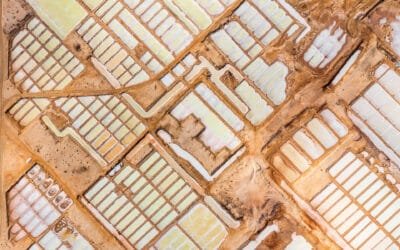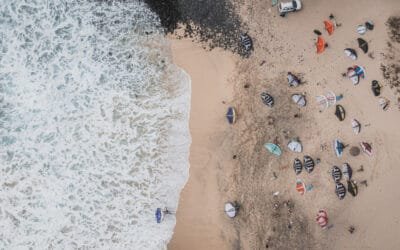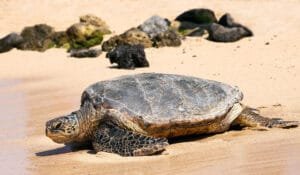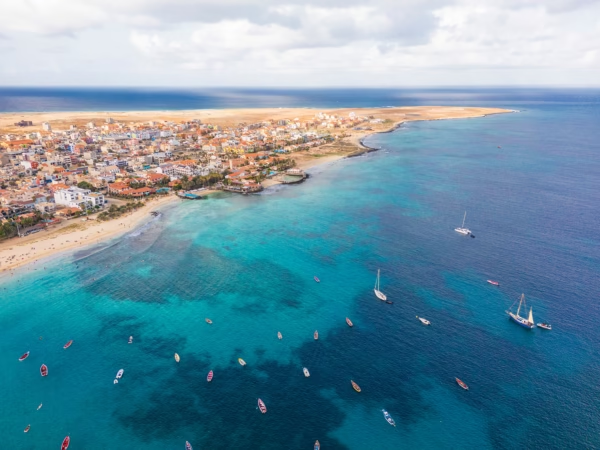Shell Cemetery Beach: The Great Hidden Gem of Santa Maria
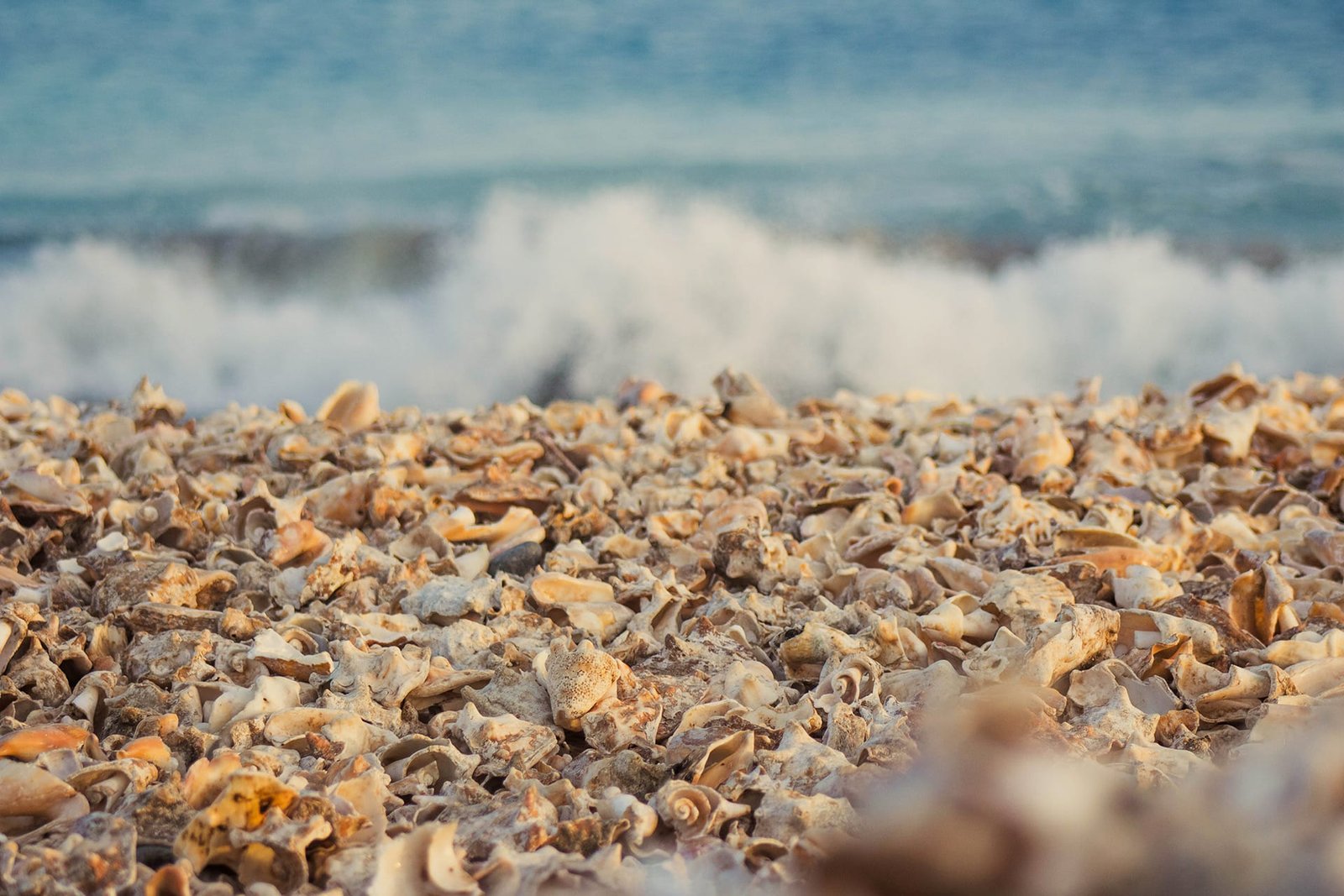
At the eastern fringe of Santa Maria, where the shoreline curves gently toward Ponta da Fragata, lies a beach unlike any other on Sal. The fine sand vanishes beneath a crunching carpet of shells — an unintentional mosaic formed by discarded remains of local seafood consumption. Known informally as Shell Cemetery Beach, this stretch of coast offers a landscape at once alien and visceral, where seashells — búzios — reshape our sense of place and time.
Address: H4W4+34V, Santa Maria, Cape Verde
An Accidental Archive
The carpet of shells is not a geological marvel but the by‑product of culinary practice. Local restaurants and households, after enjoying conch dishes or clam stews, deposit the husks by the tide. Over the years, this habitual dumping has created dense patches, sometimes metres deep, of fragmented shells. The moniker “cemetery” hints at burial, but this is a living archive — an evolving testament to everyday rituals and ecological cycles.
Shoreline Science and Ecology
While striking humans, the accumulation also reflects the influence of natural forces. Waves shred shells, sorting them by size and weight — lighter pieces wash ashore, heavier fragments remain offshore. Rain and sun bleach the shells pale, while fragments become microhabitats for invertebrates. Occasionally, larger shells, some over 10 cm long, reveal glimpses of their original form; mainly, the beach is grainy and tactile beneath one’s feet.
Although not an officially protected area, Shell Cemetery Beach is located near the Punta da Fragata reserve, which is part of the region where the Caretta caretta sea turtle nests. Visitors are urged to tread lightly — not just to avoid sharp edges, but to preserve a coastal community that has been shaped over time.
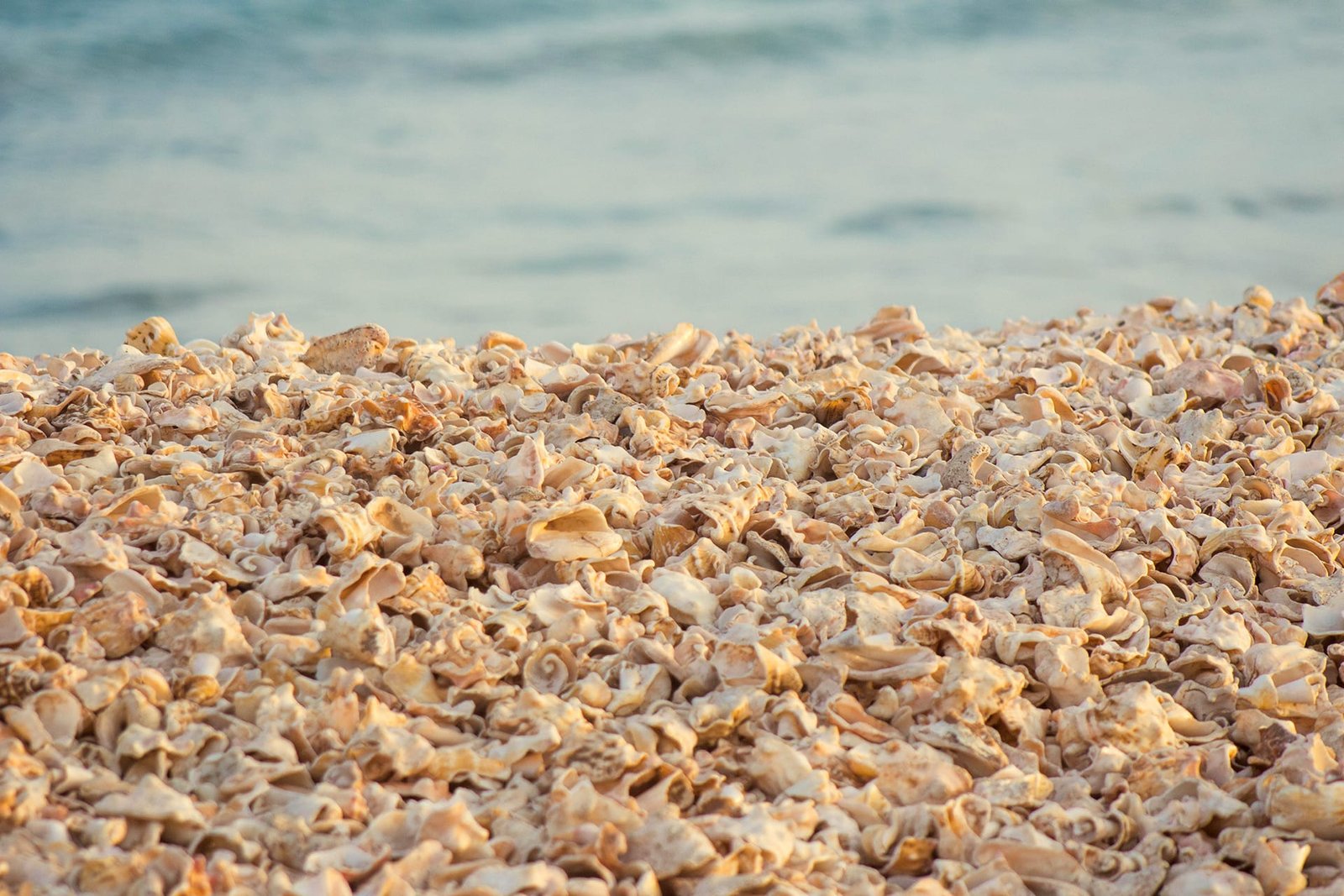
Shell Cemetery’s Shifting Context
This beach marks the junction of culinary tradition and coastal topography. It follows the arcs of Santa Maria’s growth — where restaurants cluster along Avenida 5 de Julho, and shells make a slow pilgrimage down drift lines. The transition from golden sand to the beach of shells is abrupt and telling: tourism meets tradition, leisure touches life.
In low light, the pale shells shimmer like scattered parchment. In bright sun, the surface is harsh — as if walking on stone rather than sand. The crunch is loudest when dry; after rain or spray, it softens, revealing a different texture and mood.
Experiencing the Shell Cemetery
The best times are early morning and late afternoon, when soft light falls across the shells and fewer footprints are visible.
- Footwear: Sturdy sandals are recommended — barefoot exploration can often be uncomfortable.
- Photography: Macro settings capture jagged details; panorama frames contrast the shell carpet and the Atlantic horizon.
- Conservation note: While the practice of empty shell dumping continues, visitors are discouraged from removing shells. Each shell contributes to the beach’s evolving form, and it’s our responsibility to preserve this unique landscape.
Nearby, salt ponds, a pier, and kite-surfing beaches sketch a broader coastal picture. Shell Cemetery Beach is not isolated but woven into the rhythms of local life and leisure.
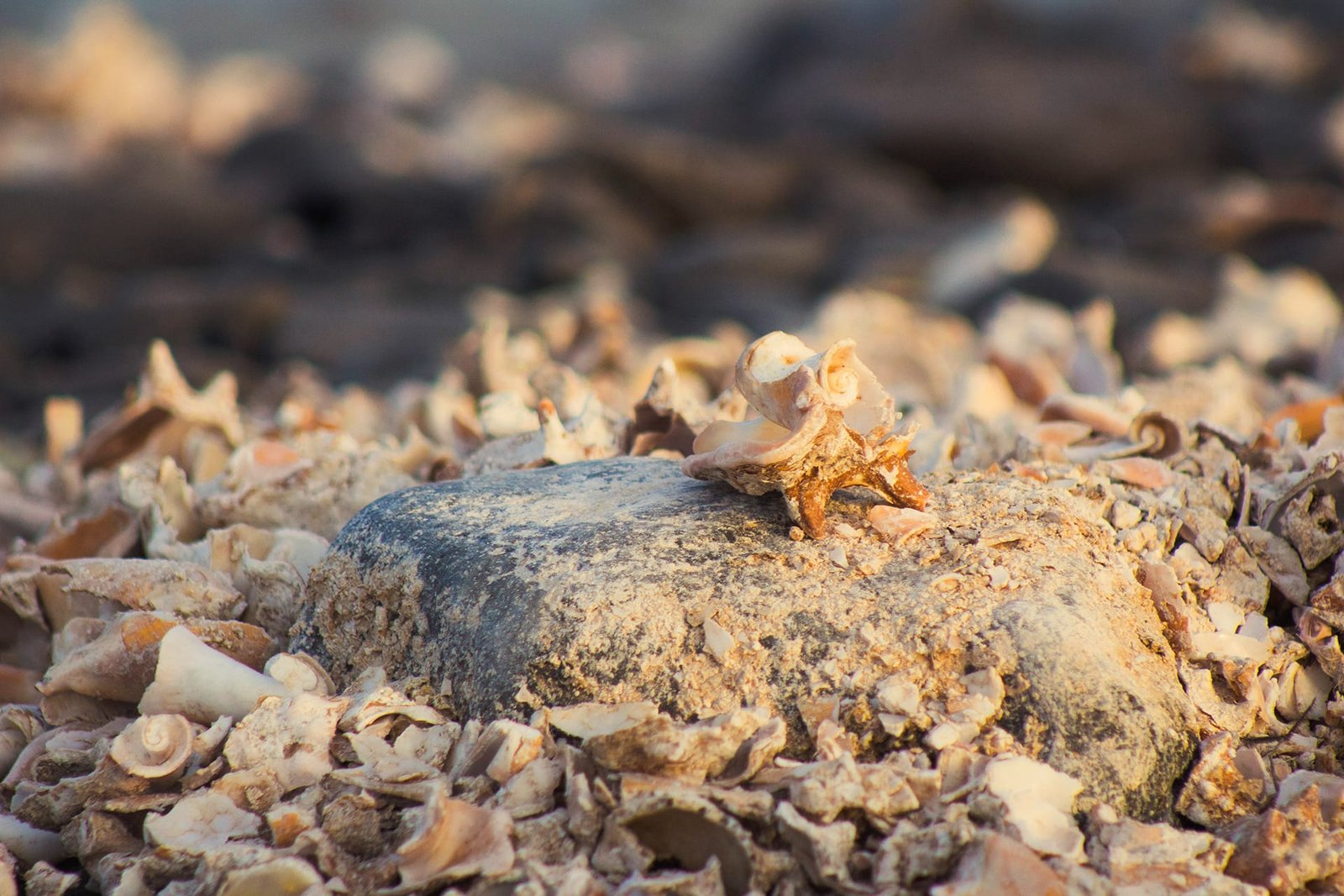
Shell Cemetery: On Meaning and Memory
Sheels tell stories. Each fragment was once a living creature — part of a food chain, a local meal, a family table. Layer upon layer, they form both a record and a commodity; some shells are collected, cleaned, and sold as souvenirs. But most lie on the shore, ephemeral, fragile, shifting.
The beach poses larger questions. What happens when the residue of human sustenance becomes part of the landscape? How does a communal act — discarding shells — shape coastal environments? And how does a beach defined by waste become a tourist attraction, without signs or fanfare?
In that tension lies its potency: Shell Cemetery Beach is neither a curated exhibit nor a tourist trap. It is a contextual place — a space where daily life, environment, economy, and chance converge.
Walking the Shell Carpets
To visit, head east from Santa Maria — around 1.5 km from the pier along the coast road, or by following local trails above the dunes. You’ll know you’ve arrived when sand yields to crunch. Spend an hour walking, crouching, pressing a fragment to the ear — it may not echo, but it reverberates with detail.
Look beyond the shells to see how they interact with rock outcrops, dune grasses, and the sea. Think of each step echoing hundreds of dinners, thousands of discarded husks, and a complex relationship between nature and human practice.
The Strange Beach
Although it may not appear on lists as a “must-see attraction,” it deserves mention. As a site of natural and cultural contact, it stands out — not for its pristine beauty, but for its strangeness. Shell Cemetery Beach reminds us that beauty may lie in the overlooked, in the accidental, in the by-products of how life is lived.
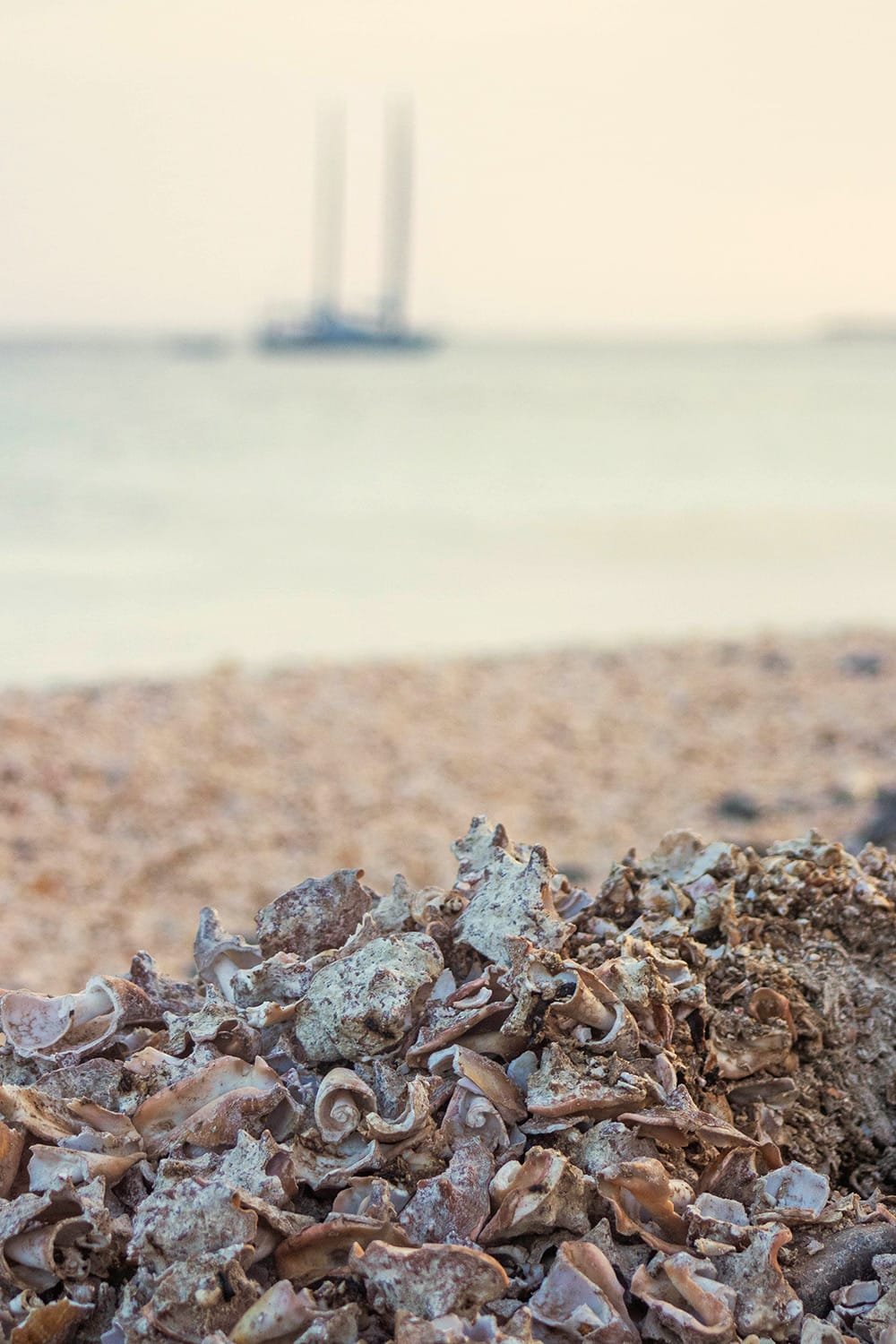
Bibliography and Sources
-
Pictures: Shell Cemetery Beach, Santa Maria, Sal, 2023;
-
Cemetery of Shells, Sal, Krystof Hajek, Cestee.com;
-
Sal, Cape Verde and Santa Maria, Cape Verde and Ponta da Fragata, Wikipedia;
- Shell Cemetery Beach: Nature’s Unique Canvas, Adventure Collective;
-
Field observations, Santa Maria coastal area, 2023–2024.

